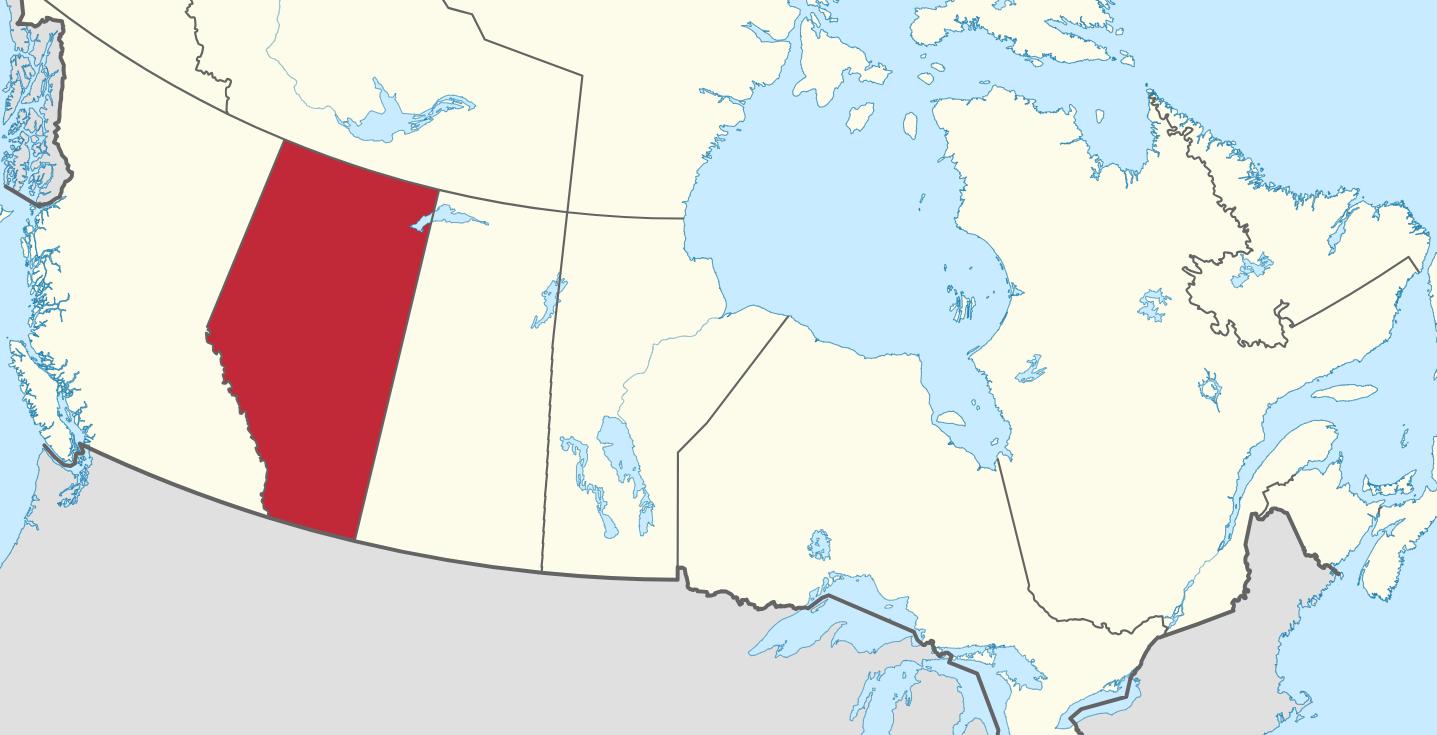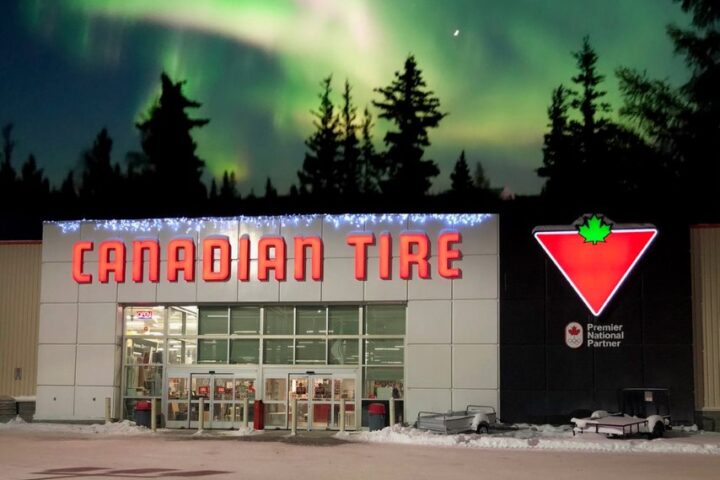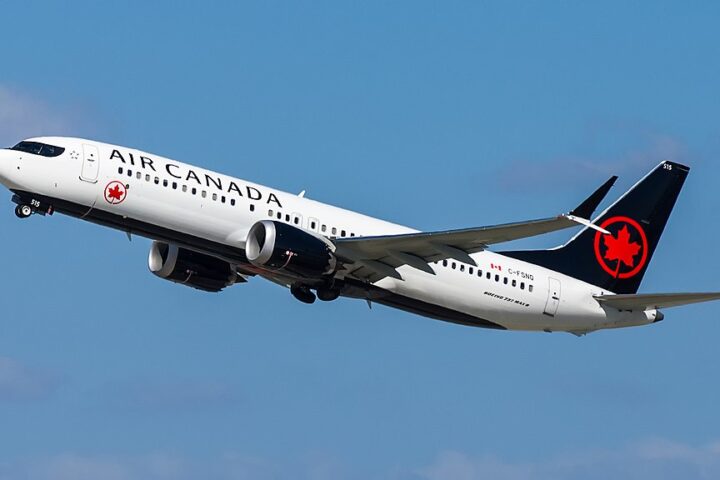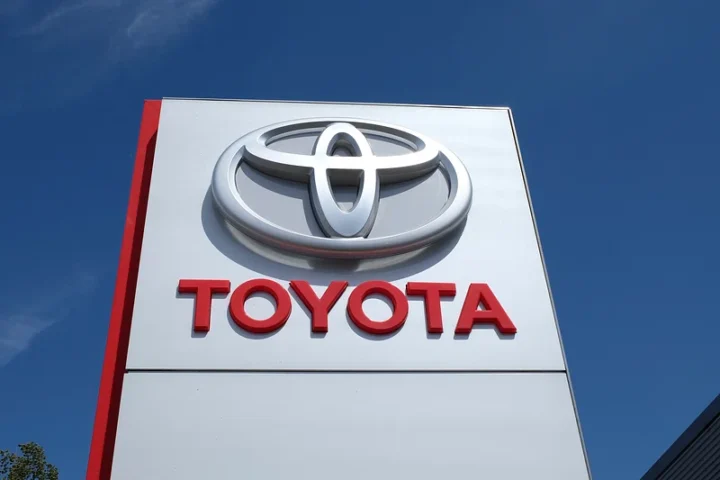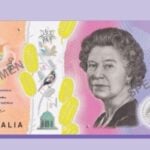Bill 54 lowers referendum threshold as First Nations leaders warn of treaty violations and economist’s caution about financial risks
After watching constitutional debates unfold across six decades of Canadian politics, I’ve rarely seen a provincial move stir such immediate pushback from Indigenous leaders. Alberta’s latest referendum legislation has opened old wounds while creating new flashpoints between provincial autonomy and treaty obligations.
The Referendum Threshold Drops: Smith’s New Law
Alberta Premier Danielle Smith has put forward legislation that dramatically reduces the hurdle for citizen-initiated referendums. The Election Statutes Amendment Act (Bill 54) cuts the required signature threshold from 20% to just 10% of eligible voters, shrinking the number needed from about 600,000 down to roughly 177,000 signatures – a mere 3.5% of Alberta’s population.
The changes don’t stop there. The new law extends the signature collection period from 90 to 120 days and makes several other controversial changes to Alberta’s electoral system, including reintroducing corporate and union political donations and banning electronic vote counters.
Smith introduced this legislation just one day after Mark Carney’s Liberals secured their fourth consecutive term in Canada’s federal election. The timing wasn’t lost on critics, who view it as enabling potential separation referendums.
When pressed at Thursday’s news conference, Smith insisted, “The purpose of a referendum is to let every single Albertan have a say on matters of important public policy.” She maintains she believes in “Alberta sovereignty within a united Canada” and says her government won’t lead any independence campaign.
Meanwhile, the Alberta Prosperity Project, a pro-independence organization, claims it already has enough registered supporters to meet the new threshold. Dennis Modry, the group’s co-leader, told CBC they plan to launch their petition drive “in a matter of weeks” and hope to trigger a referendum that could coincide with municipal elections this fall.
“This Is Treaty Land”: First Nations Leaders Push Back
First Nations chiefs have responded with immediate, forceful objections, reminding Alberta that the province sits on treaty territories that predate its 1905 creation.
In a strongly worded letter, Chiefs Sheldon Sunshine (Sturgeon Lake Cree Nation) and Billy Joe Tuccaro (Mikisew Cree First Nation) accused Smith of “attempting to manufacture a national unity crisis by enabling a referendum on separation and a fanatical cell of individuals at the exact moment when Canadians need to unite against Donald Trump’s America.”
Their message was unambiguous: “Alberta did not exist when our ancestors agreed to share the land with the Crown. The province has no authority to suspend or interfere with our treaties, even indirectly by passing the buck to a ‘citizen’ referendum.”
Piikani Nation Chief Troy Knowlton added his voice, stating plainly: “Those are treaties with the Crown, and Alberta lacks the authority to interfere with or negate those treaties. Proceeding down a path toward separation cannot be undertaken without the consent of Alberta’s First Nations.”
Assembly of First Nations National Chief Cindy Woodhouse Nepinak put it bluntly: “If they’re not happy living in this country, anybody who wants to separate — the premier included — they can gladly go live in any other country that they wish around the world, but they will not be taking any treaty or inherent lands away with them.”
Constitution Presents Major Hurdles
Beyond treaty rights, Canada’s constitutional framework presents formidable obstacles to separation. The federal Clarity Act (S.C. 2000, c. 26), which emerged from Quebec’s separation attempts, requires:
- A “clear question” on any provincial secession referendum, which must be certified by the House of Commons before voting begins
- A “clear majority” threshold determined case-by-case
- Mandatory negotiations including all provinces and Indigenous peoples
As established in the 1998 Quebec Secession Reference, the Supreme Court held that no province has a unilateral right to separate. Even with a successful referendum, the path forward would require constitutional amendments under Part V of the Constitution Act, 1982.
Economic Warning Signs: What Experts Say About Separation
Economic experts have raised substantial concerns about what separation would mean for Alberta’s financial future.
University of Calgary economics professor Trevor Tombe warns of likely capital flight: “The tax base would shrink, companies would leave Alberta, as we’ve seen with Quebec [following threats of separation]. That would really change the fiscal landscape.”
This corporate exodus would mirror what happened in Quebec, where businesses relocated to Toronto during sovereignty concerns. Tombe notes this would likely force tax increases, undercutting any supposed “tax advantage” of independence.
Alberta’s landlocked geography creates perhaps the biggest practical obstacle. Contrary to what some separatists claim, the United Nations Convention on the Law of the Sea doesn’t guarantee pipeline access and would require negotiated agreements with transit states.
Tombe explains that landlocked countries typically have lower productivity and higher trade costs. “Canada would be stupid not to” charge additional fees for oil shipments across its territory if Alberta separated, he notes, making “the oil less valuable to Alberta.”
University of British Columbia economist Ross Hickey points to additional challenges: “Alberta and Saskatchewan, even if they took B.C. with them, it’s still not Quebec or Ontario.” He notes that while an independent West might eventually develop more efficient governance, there would be a “giant startup cost hurdle” to create systems currently run by Ottawa.
These costs would include buying federal infrastructure within Alberta, establishing independent systems for unemployment insurance, border security, defense, currency management, and international diplomacy. A new nation would also lose the risk-sharing benefits of being part of a large federation, likely resulting in higher interest rates.
Alberta’s heavy dependence on oil and gas exports adds another layer of complexity. Research indicates an independent Alberta would face significant challenges related to “its landlocked geographical position and heavy reliance on the volatile oil and gas market, which is expected to peak by 2030 before consumption begins to drop significantly.”
Pierre Trudeau’s NEP: When Western Separatism First Surged
To understand today’s separatist sentiments, we need to look back to the early 1980s. Alberta separatism has roots dating to the 1930s Social Credit Party, but the modern movement gained substantial momentum under Prime Minister Pierre Trudeau.
The catalyst was Trudeau’s 1980 National Energy Program (NEP), which imposed a 25% tax on Alberta’s oil. This triggered massive economic disruption, collapsing the province’s oil industry with drastically reduced drilling and widespread project abandonment.
These economic hardships fueled organized separatist movements. The Western Canada Concept (WCC) party gained significant support, holding a November 1980 meeting at Edmonton’s Jubilee Auditorium that drew approximately 2,500 people—described as “the largest separatist meeting ever held in Western Canada.”
The movement reached its peak in 1982 when Gordon Kesler won a provincial by-election in Olds-Didsbury under the WCC banner—the first separatist politician elected outside Quebec since the 1870s. In that year’s general election, WCC fielded candidates in 78 of 79 ridings and captured almost 12% of the popular vote (over 111,000 votes), though no candidates including Kesler won seats.
Western separatism faded until 2019, when it resurged following Justin Trudeau’s Liberal victory. The “Wexit” movement (mimicking the UK’s Brexit) consolidated this new wave of separatist sentiment. In 2020, Wexit Canada rebranded as the Maverick Party, while provincial branches merged with other groups, forming organizations like Alberta’s Wildrose Independence Party.
What Do Albertans Actually Want? The Poll Numbers
Recent polls provide insight into Albertans’ views on separation. According to an April 2025 Angus Reid Institute survey, if a referendum were held today, one in four Albertans (25%) would vote to leave Canada. With the Liberals’ recent victory, that number rises to approximately 30% in Alberta and 33% in Saskatchewan.
These numbers, while significant, still represent a clear minority. Demographic patterns show higher support in rural areas (23% according to Pollara Strategic Insights) compared to urban centers like Calgary and Edmonton (15% each). Support is notably stronger among Conservative Party voters, with two in five Conservative supporters saying they would favor their province leaving if the Liberals won.
Political scientist Jared Wesley from the University of Alberta notes that separatist sentiment often expresses frustration rather than genuine desire to separate. His research found that “when asked follow-up questions about the logistics of becoming independent—how taxes or a military would work for example—support for independence goes down.”
Pipeline Politics: A Central Argument
The debate over pipelines and market access for Alberta’s oil remains central to separatist arguments. Smith and other Alberta leaders have long criticized federal policies they see as limiting the province’s ability to export resources, particularly the failure to build pipelines like Keystone XL.
Treaty 8 Grand Chief Arthur Noskey points out the irony in separation arguments based on pipeline access: “Separation does not guarantee that the neighbouring provinces of British Columbia or Saskatchewan will allow the freedom to build adequate pipelines to the coast to access shipment of fossil fuels to world markets.”
Alberta currently exports about 87.6% of its crude oil by pipeline, with smaller percentages moving by rail and marine tankers. As a landlocked province, Alberta depends on interprovincial cooperation for export infrastructure—a reality that would become more complicated, not simpler, with independence.
International trade experts point to Bolivia as a cautionary example. Bolivia lost ocean access in a war with Chile in the 1800s and has been fighting unsuccessfully to regain it ever since. In 2018, the International Court of Justice ruled that Chile has no obligation to engage in talks with Bolivia regarding coastal access. As trade expert Carlo Dade explained, “The only thing the ICJ gives you is the ability to go from saying, ‘Please give us access’ to ‘Pretty please give us access.'”
Trump’s Shadow Over Alberta-Canada Relations
Adding complexity to this situation is Donald Trump’s relationship with Canada. Trump has imposed strict tariffs on Canadian goods and suggested Canada should become America’s 51st state.
Smith traveled to Mar-a-Lago in January to meet with then-President-elect Trump, emphasizing U.S.-Canadian energy relations. Critics suggest this relationship undermines national unity when Canada needs to present a united front against American economic pressure.
The context of Trump’s tariffs has created a paradox. As political scientist Jared Wesley notes, “At a time when U.S. President Donald Trump’s tariff and ’51st state’ threats have stirred Canadian nationalism, the idea of a breakaway Alberta strikes even some conservatives as offensive.”
Former Alberta Premier Jason Kenney summarized this view: “Threatening to leave the country because you don’t get your desired electoral outcome is counterproductive, and unpatriotic. And I don’t think it’s something that should be thrown around.”
Looking Ahead: Constitutional Questions and Treaty Obligations
Bill 54 continues moving through Alberta’s legislature. If passed, it will significantly lower barriers to holding referenda on various issues, potentially including separation.
However, any actual separation would require extensive negotiations with the federal government and First Nations—likely taking years and facing substantial legal challenges. The question isn’t simply whether Albertans vote for independence but whether such a vote carries constitutional weight and respects treaty obligations that predate the province itself.
Indigenous Relations Minister Rick Wilson insists the government respects treaties and that Indigenous people are welcome to introduce their own referendum petitions. First Nations leaders remain unconvinced, viewing the legislation as a fundamental threat to their treaty rights.
The debate raises profound questions about Canadian federalism. Is Alberta primarily defined by its provincial status within Canadian federation? Or is it a complex territory where multiple sovereign relationships exist simultaneously—including treaties that predate the province?
For now, Smith maintains she won’t prejudge what questions Albertans might bring through citizen petitions, while emphasizing her preference for “a sovereign Alberta within a united Canada.” But for many observers, the critical reduction in referendum thresholds has moved the discussion from “if” a separation referendum might occur to “when.”
